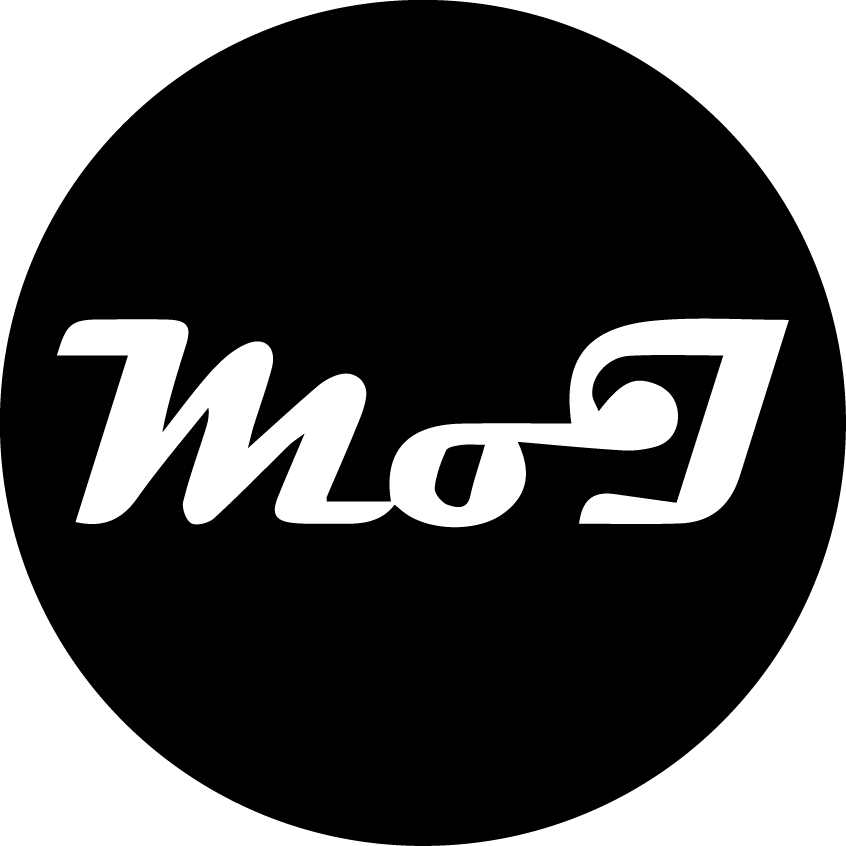New Work approaches to reduce mental stress at the workplace
Increasing workloads, including those caused by the digital transformation, mean more pressure and stress for employees and are considered by researchers to be a major cause of mental illness such as burnout. With 15.2 percent of all work incapacity days, mental illnesses now represent the third most important cause of incapacity for work in Germany. In 2018, an average sick leave due to a mental illness in Germany lasted 33.7 days (DAK 2019). In addition to personal harm, there is also enormous economic damage. Work performance decreases and error rates increase, which results in additional workloads for colleagues.
The innovation field “New Work”, which is often mentioned in the same breath as digitization and industry 4.0, is intended to provide a remedy for reducing mental stress. The concept of the new work illuminates all those aspects that deal with alternatives or changes to some outdated work models. New Work will focus on the individual and his or her potential. It is a way towards more self-determination, which is reflected in new workplace designs, working schedules, a better compatibility of work and private life, but also in flatter hierarchies and new management models. In the concrete design of New Work concepts, however, it is very noticeable at the moment that the majority of the frequently mentioned measures refer to the design of the work environment or work processes, i.e. essentially deal with context conditions. Surprisingly, very few approaches deal directly with the human being and his psychophysiological states, although the human being is actually the elementary building block of the New Work system as a whole. A great workplace with a beanbag, table football and creative space or the possibility of home office organization are of little use if the employee is acutely overburdened or underchallenged with his work. The consequences are initially symptoms and later different expressions of burn-out and bore-out states.
Flow at work

Figure 1: The flow model after Csíkszentmihályi (1990)
An AI-supported New Work Companion
The basic idea of the New Work Companion is to recognize the human affective states in general and the “flow state” in the workplace in particular in order to achieve a balance between individual skills and job requirements. Factors that promote or even disrupt positive work results, i.e. have a positive or negative effect on the flow state, should be automatically recognized in order to optimize the relationship between human states, work context, productivity, health and workflow.
At present, the “flow state” of a person is still difficult to quantify, as the measurement is mainly based on self-evaluation questionnaires, which are filled out during the execution or even only retrospectively. This approach not only distracts the respondent from the actual “flow state”, it is also very time-consuming and cannot simply be transferred into real working scenarios. Emotion AI, i.e. the AI-supported and automated recording of human emotions, has now triggered a fundamental change in recent years, as we can recognize human emotions with the help of face recognition, bio-metric vital data (read from wearables) or speech analysis. At TAWNY, research is focusing on how the human “flow state” can be recognized in real time with the help of artificial intelligence based on psychological data such as heart rate variability and electrodermal activity in combination with a facial recognition analysis based on video data (Maier et al. 2019). This classification, which goes far beyond the current recognition of basic emotions such as anxiety, happiness, surprise, disgust, etc. The individual states of “flow” can be recognized for specific applications during the daily work activities. The New Work Companion can then derive measures for an adaption of the working environment. Computer applications, office illumination, the speed of production lines or simply the management of breaks can be adjusted. The concept is a kind of fitness tracker, advisor and control app at the same time, in order to experience as many and as extensive flow experiences as possible at work. Ultimately it is an empathic and AI-supported human-machine assistance system with enormous potential to make the workplace healthier, safer and more productive specifically for each individual employee.
Would you like to download this article?
References
DAK Gesundheitsreport, 2019, https://www.dak.de/dak/download/dak-gesundheitsreport-2019-sucht-pdf-2073718.pdf
Csikszentmihalyi M., 1990, “Flow: The Psychology of Optimal Experience”. New York: Harper and Row.
Maier, M., Marouane, C., and Elsner, D., 2019, “DeepFlow: Detecting Optimal User Experience From Physiological Data Using Deep Neural Networks – Extended Abstract”, In: International Conference on Autonomous Agents and Multiagent Systems (AAMAS 2019).
Citation
Bartl, M. (2019). The Missing Piece in New Work: Decoding Human Flow at the Workplace, in E-Journal Making-of Innovation 11/2019.

